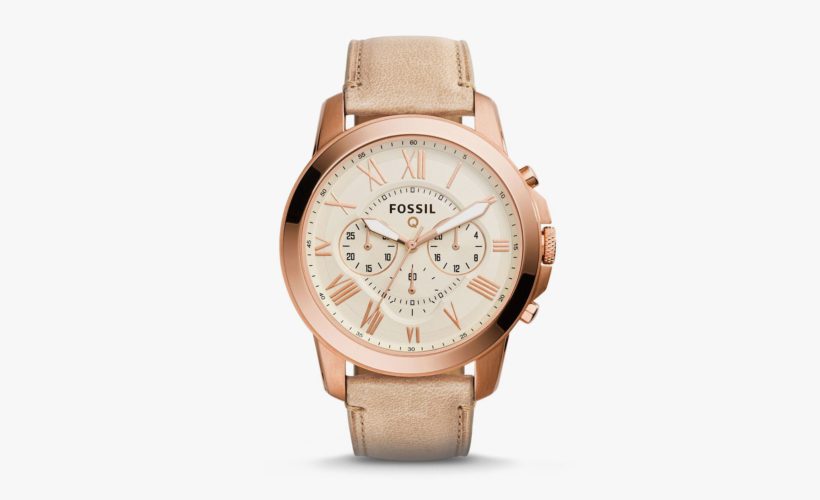Here comes a Pixel … sport watch?
Google and the Fossil Group announced earlier today that the tech giant is acquiring some of Fossil’s smartwatch intellectual property, suggesting Google may be making its own competitor to the Apple Watch, or, as wishful pundits refer to it, a Pixel watch. It’s not an outlandish idea: As first reported in Wareable, Fossil Group executive vice president and chief digital officer Greg McKelvey says the $40 million deal will result in the launch of “a new product innovation that’s not yet hit the market.” Google buying up talent as it ramps up hardware efforts is also not unprecedented: In early 2018, it spent $1.1 billion to buy a significant chunk of the HTC smartphone team that had helped develop Google’s Pixel phones.
But Google’s $40 million buy of some of Fossil’s smartwatch tech also says a lot about the broader smartwatch market. In short: Fitness has been driving this whole category of technology, more so than fashion. And it underscores the challenges that fashion brands like Fossil face as they try to incorporate more technology into their products, spending millions to build in-house tech teams that will make their already-wearable stuff more useful.
Buying Time
Back in 2015 Fossil Group made a big bet on smartwatches (or at least fashion watches with some sensors in them) when it acquired wearable-tech startup Misfit for a reported $260 million. Fossil Group’s McKelvey told WIRED that within a year, smartwatches grew into a $160 million business for the company, which makes watches for brands like Michael Kors, Burberry, and Adidas. Within three years, smartwatches had become a $400 million dollar business, a not insignificant chunk of revenue for the $2.5 billion fashion brand.
A $40 million sale to Google seems paltry in comparison to Fossil’s investment in tech over the past few years. But Fossil Group has emphasized that this is less of a traditional acquisition and more of a partnership (everyone in tech loves a partnership). Fossil Group will retain around 200 engineers to keep supporting the company’s fashionable smartwatches. The core assets Fossil acquired from Misfit will stay, too. The deal with Google is “focused on a product that we developed on top of their platform, that today is not in the market,” McKelvey said.
Many signs point to this deal resulting in some type of fitness-focused wearable. For one, Fossil’s most recent smartwatch release was a certified sport watch, not a delicate wristwatch that counts steps. The $255 Fossil Sport has built-in GPS, a heart-rate sensor, and decent battery life. It’s powered by Qualcomm’s Snapdragon 3100 wearable chip, which was tweaked from the previous version to give hardware makers more control over health and fitness data. Naturally, it runs on Google’s Wear OS operating system.
Google’s new chief of Wear OS and Google Fit also has a sports pedigree: Before joining Google in November, Stacey Burr was vice president of digital sports and wearable sports electronics for nearly a decade at Adidas. (Fossil Group makes sport watches for Adidas. And it all comes full circle.) Prior to that, Burr founded and ran a company called Textronics that made sensors and textile components for—what else?—health and fitness tracking.
Google declined to make Burr or other executives available for an interview. A Google spokesperson did tell WIRED that the company plans to make its newly acquired tech available to its entire smartwatch partner ecosystem, and that timelines for releases will vary.
Wrist Race
Beyond Google and Fossil’s tie-up, there’s clear evidence that the health and fitness category is a big driver for smartwatches in general. Apple, the elephant in the workout room, is certainly onto this. After launching its original Apple Watch and the Series 1, the company focused intently on making the Series 2 a sport watch, adding GPS and waterproofing to the device. Now, a couple of generations later, the Apple Watch has an FDA-cleared consumer app that records your EKG.
Sure, Apple’s full control of both hardware and software is a huge benefit; you can read all of your iMessages on the Watch, and it will even unlock your MacBook. But “closing the rings,” the Watch’s gamified fitness incentive? That’s a big part of its appeal, too.
As of the third quarter of 2018, Apple was number one in global smartwatch shipments, according to research firm IDC. It was number two in the broader wearables category, behind Xiaomi; that includes both smartwatches and wristbands. Right behind Apple is Fitbit, which managed to slow its sales declines a bit with the launch last year of Versa, a popular fitness-focused smartwatch.
At the time of that report, IDC senior research analyst Jitesh Ubrani noted that health is “quickly becoming the next frontier for wearable brands to conquer. With heavy regulation and greater scrutiny, this segment will likely be the one that staves off value brands, allowing the market leaders to further cement their lead.” In an email today to WIRED, Ubrani said he believes this new deal between Google and Fossil Group will let Google “jumpstart Wear OS,” allowing the company to correct its course in wearable tech after allowing it to languish.
Fossil Group’s McKelvey agreed that health and fitness tracking are driving demand for smartwatches. He said that while the company will always be focused on fashion and design, it will be “leaning into” sport devices this year and next. He seemed undaunted by Apple’s dominance in smartwatches. “We’re a small company,” he said. “We only need 5 percent of this market and we’re still in the game.”
More Great WIRED Stories
- The FTC thinks you pay too much for smartphones
- The new Spider-Man trailer raises some questions
- A look behind cycling’s most masochistic race
- Your tweets give away more location data than you think
- Women’s sexuality is still taboo for tech
- ? Looking for the latest gadgets? Check out our picks, gift guides, and best deals all year round
- ? Hungry for even more deep dives on your next favorite topic? Sign up for the Backchannel newsletter
Source:WIRED











